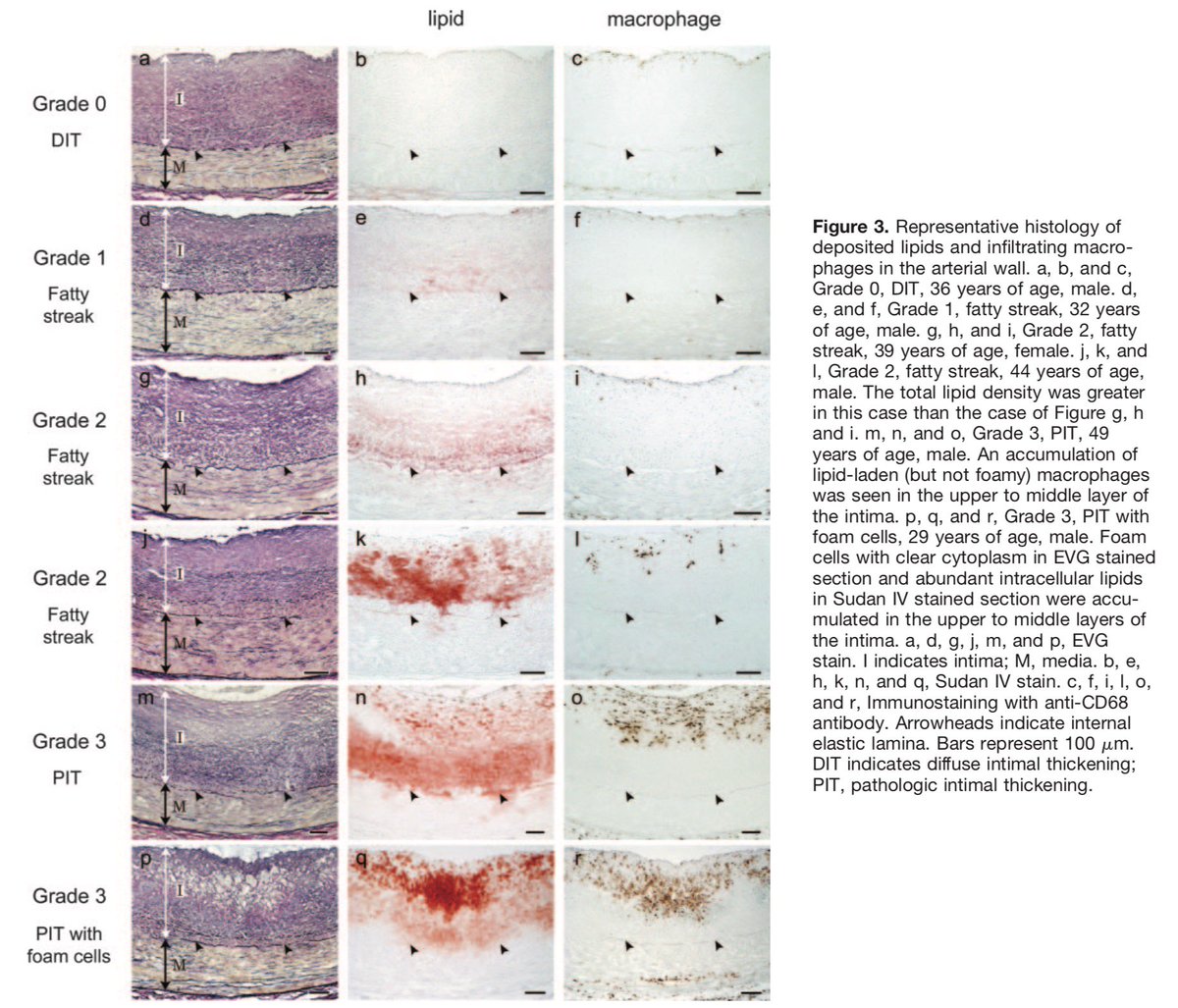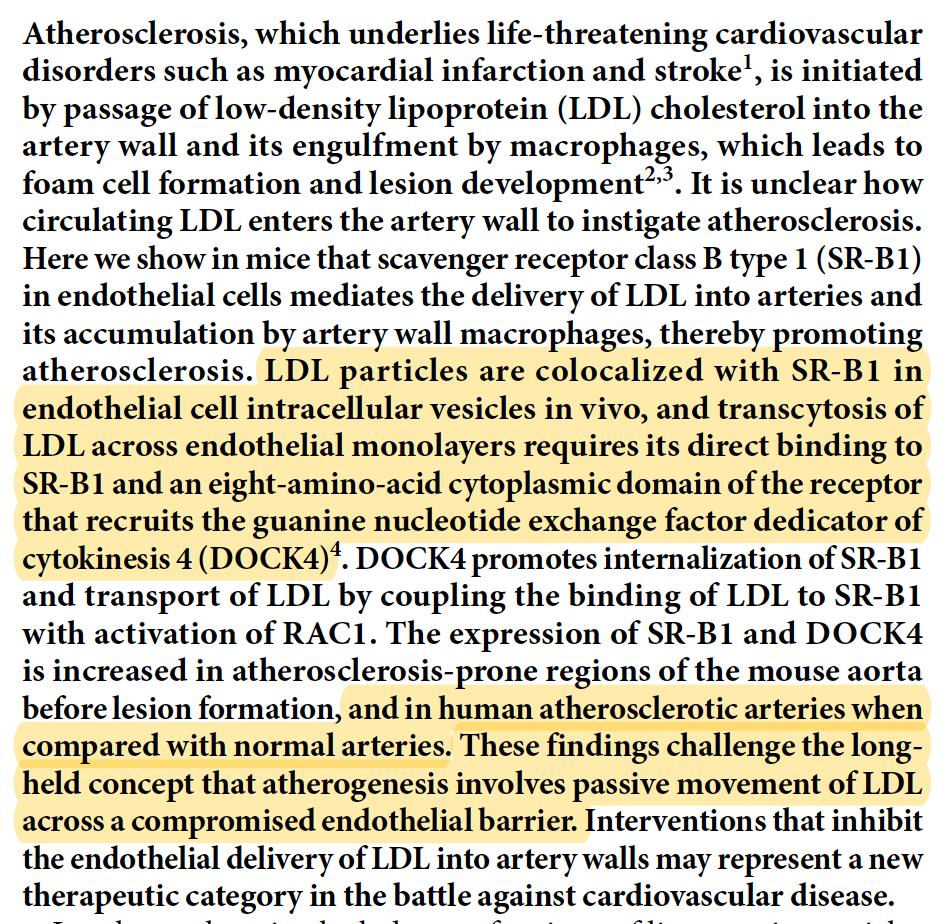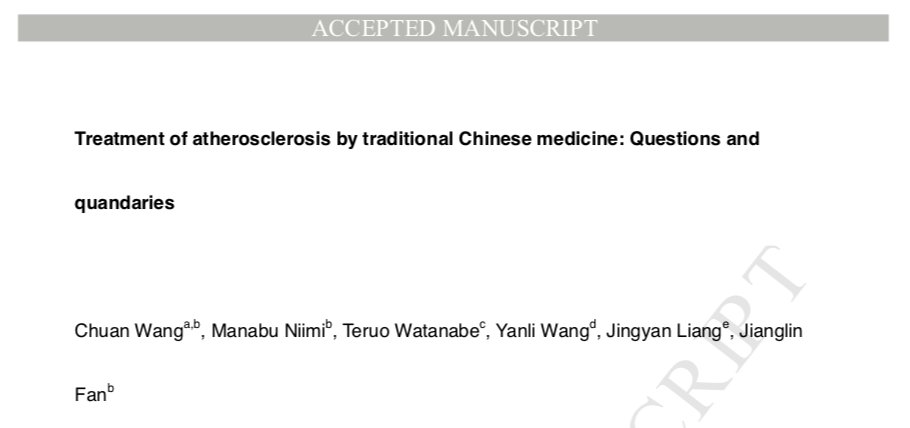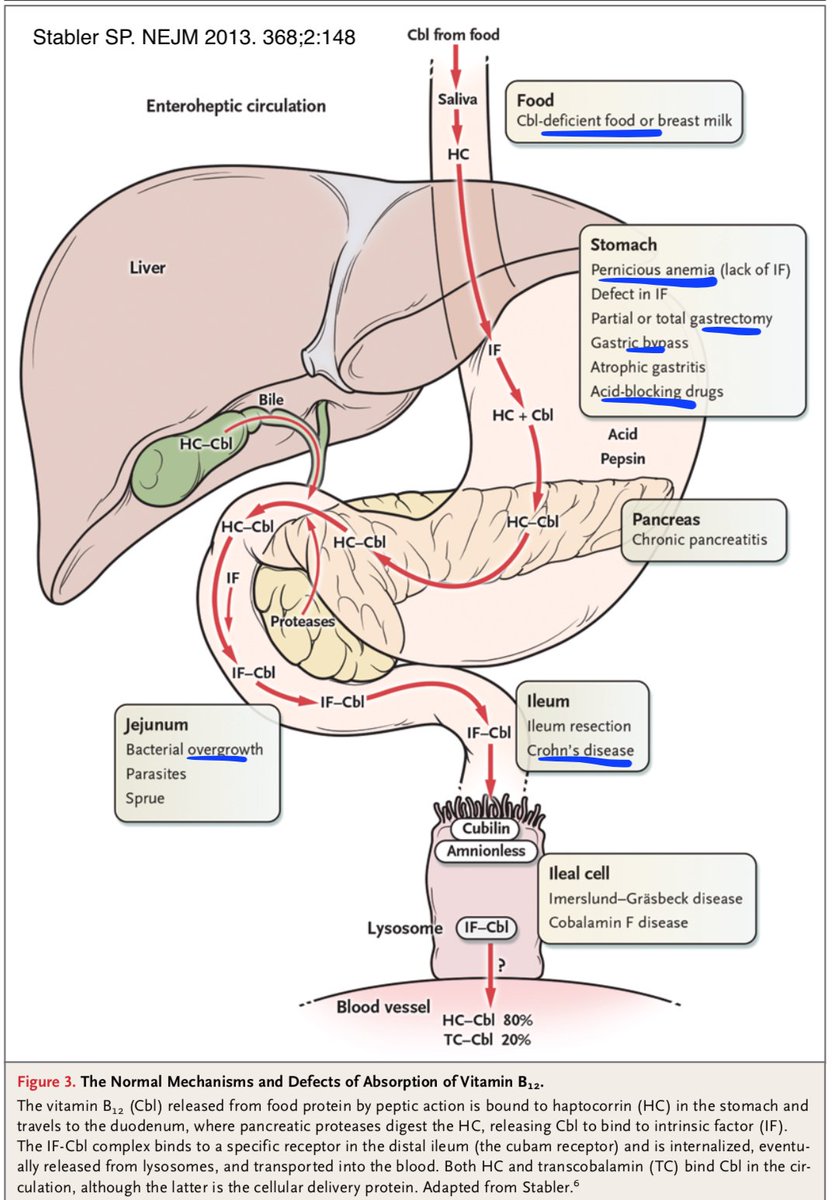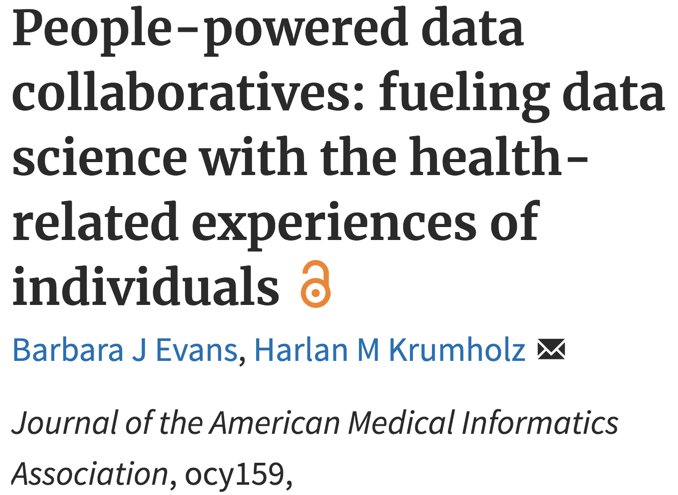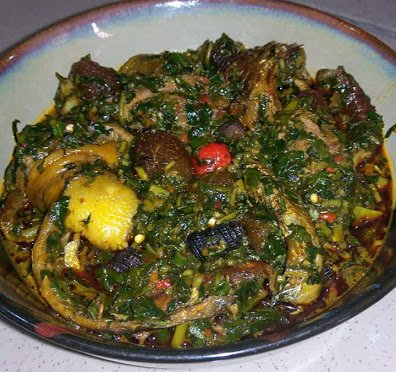I’m talking *geologically* strong.
In fact, certain steroids with a cholesterol backbone are routinely used to identify ancient fossils! (5/33)
science.sciencemag.org/content/361/64… (6/33)
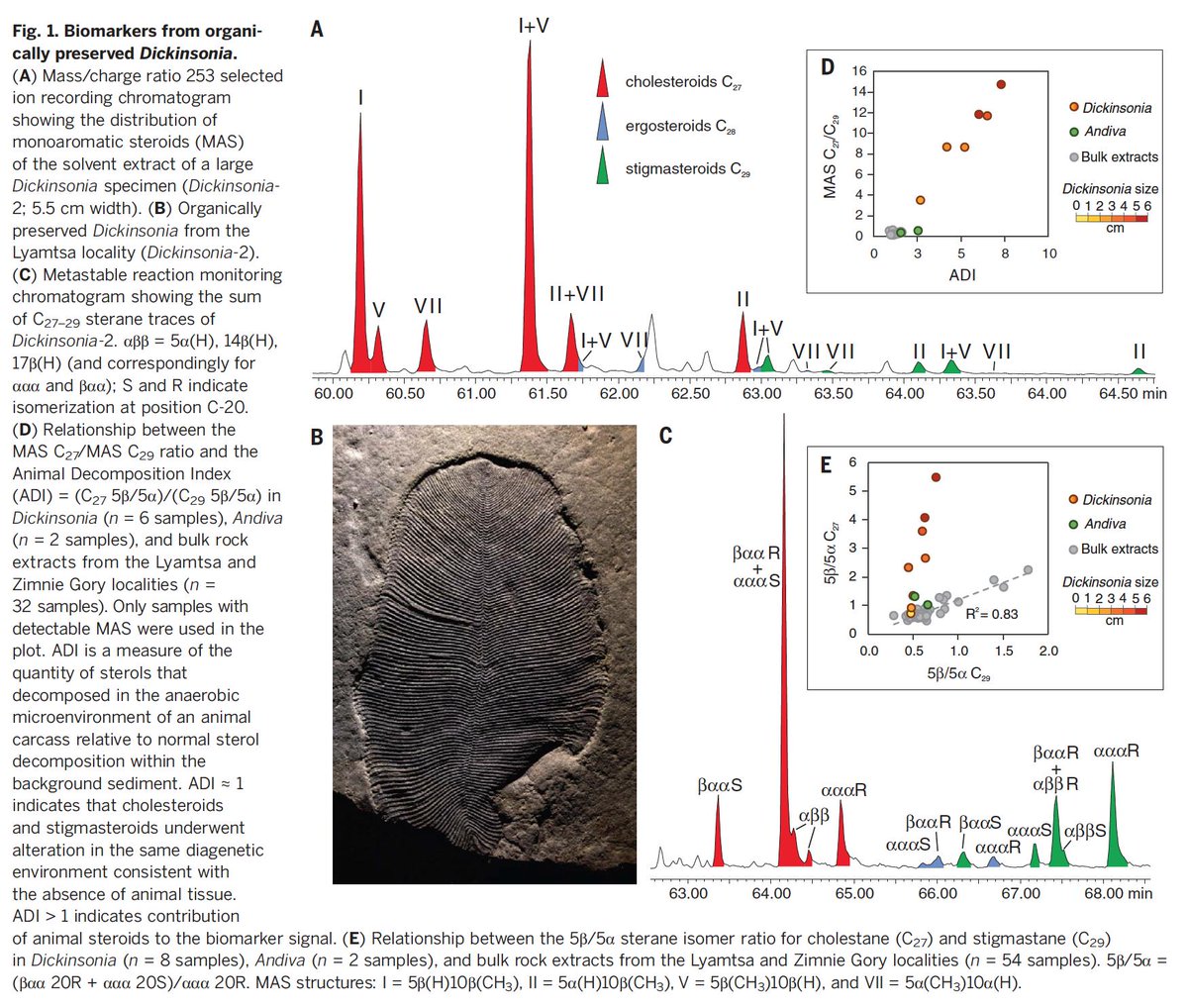

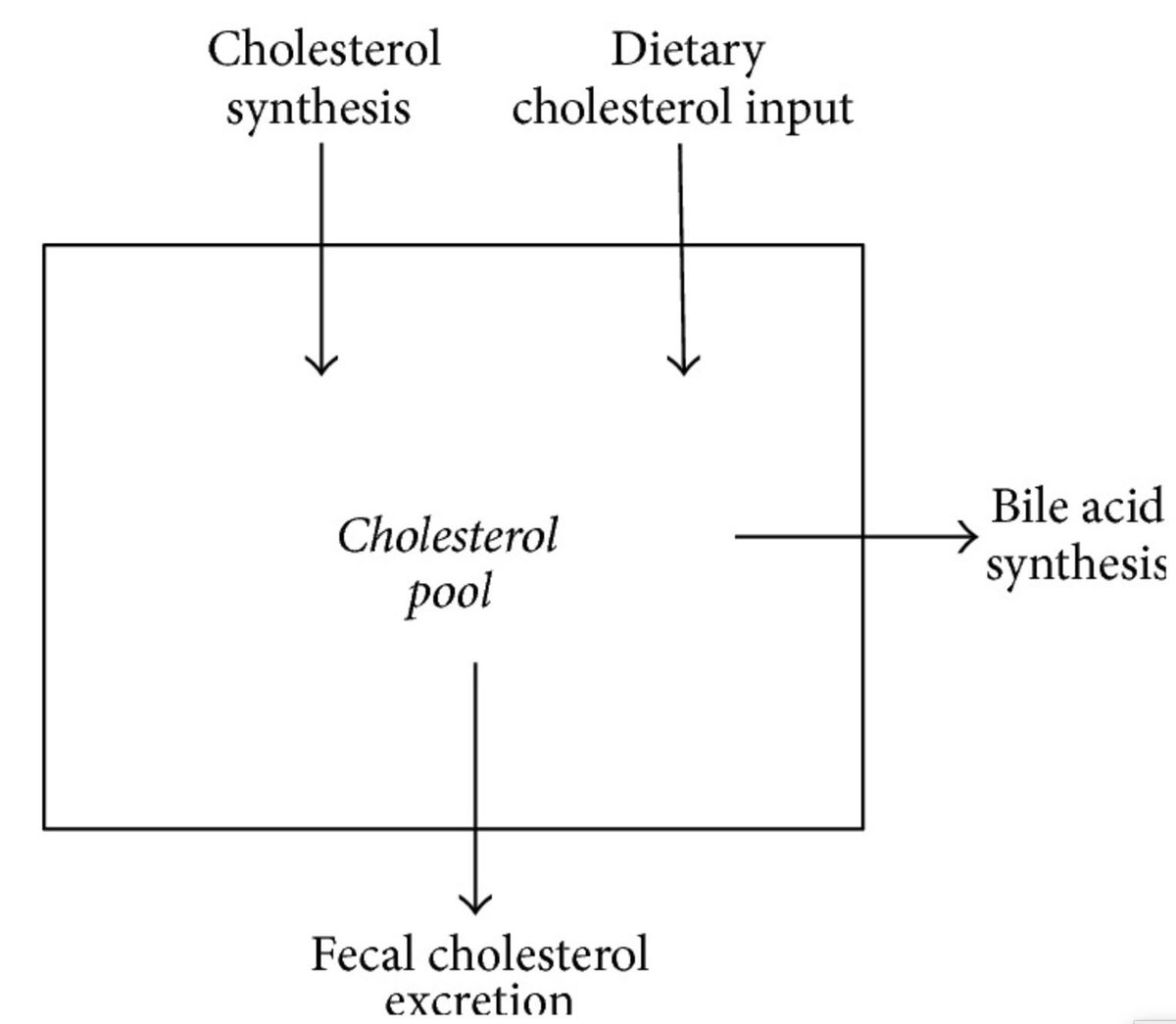
👊🏼Chol is a versatile, important but crazy strong molecule
👊🏼Any excess is *toxic* to our cells so a delicate homeostasis must be maintained
👊🏼Tools are to regulate synthesis, influx and efflux - there’s NO chol degradation
(14/33)
But wait, there’s more! (15/33)
🔬chol is fat-soluble
🔬you are mostly water
🔬oil and water don’t mix
(16/33)
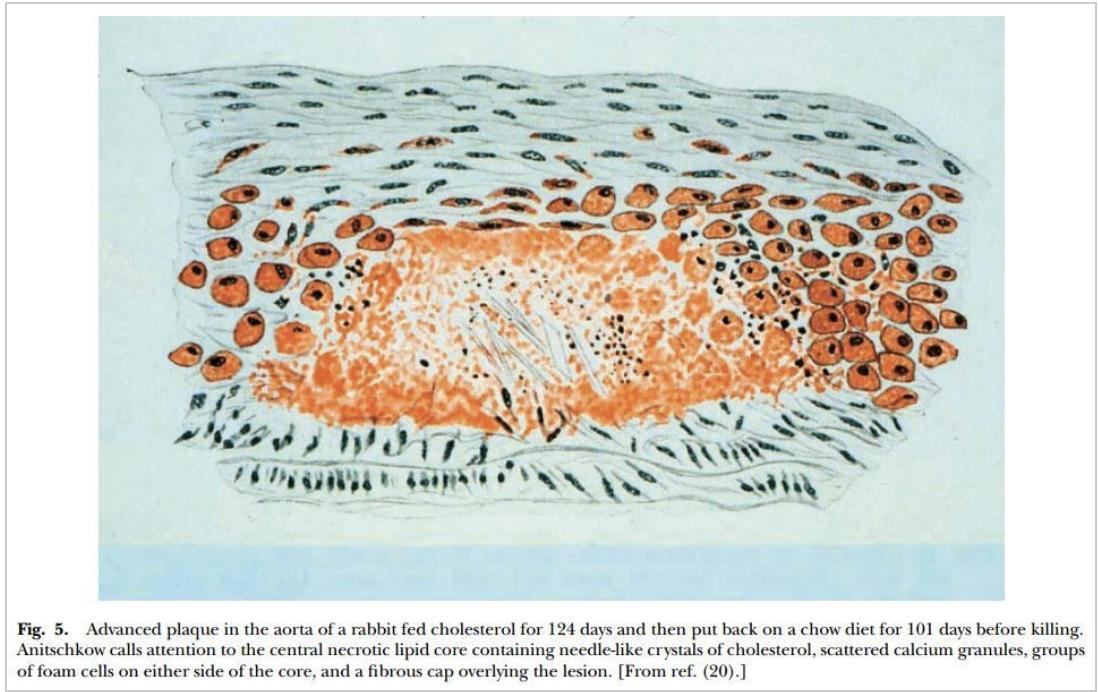
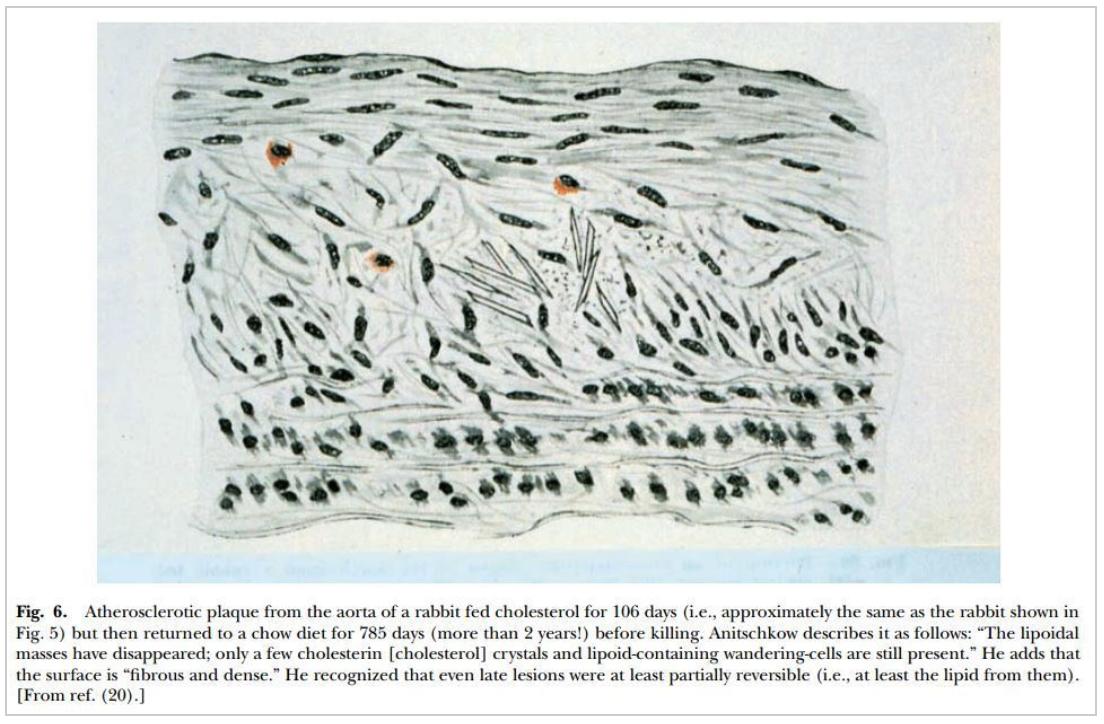
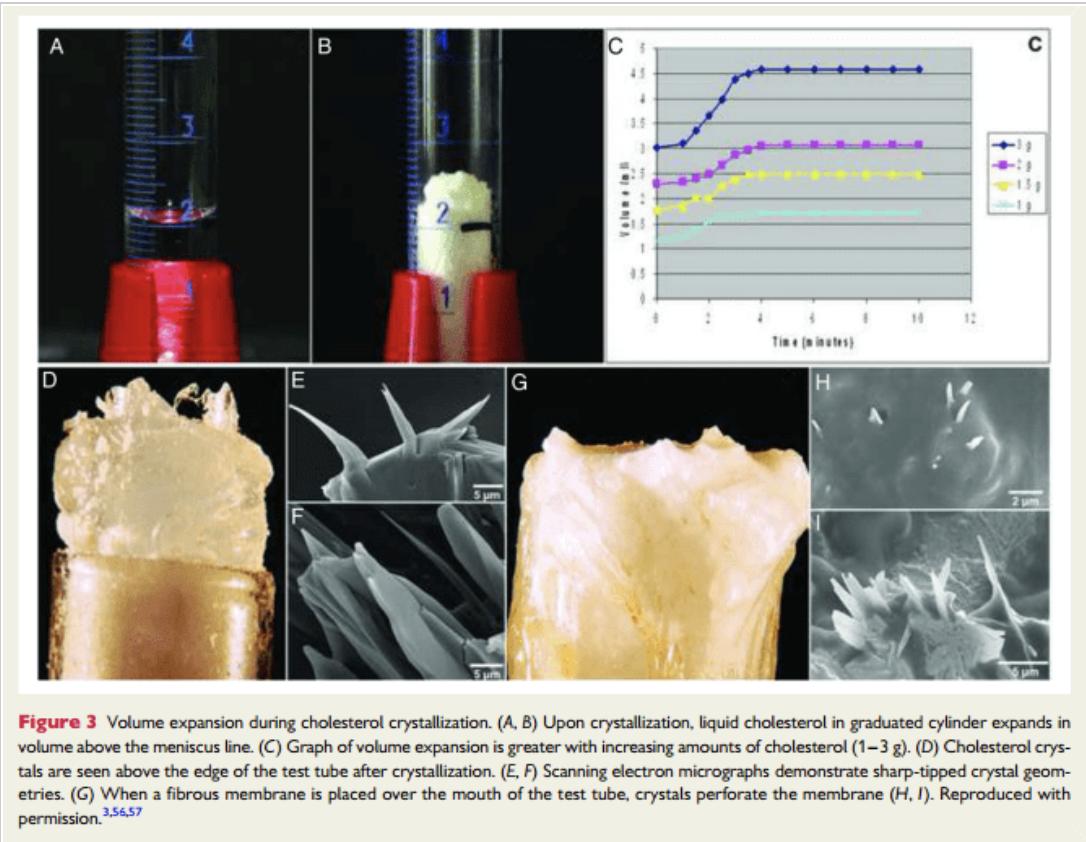
journals.plos.org/plosone/articl…
ncbi.nlm.nih.gov/pmc/articles/P…
(21/33)
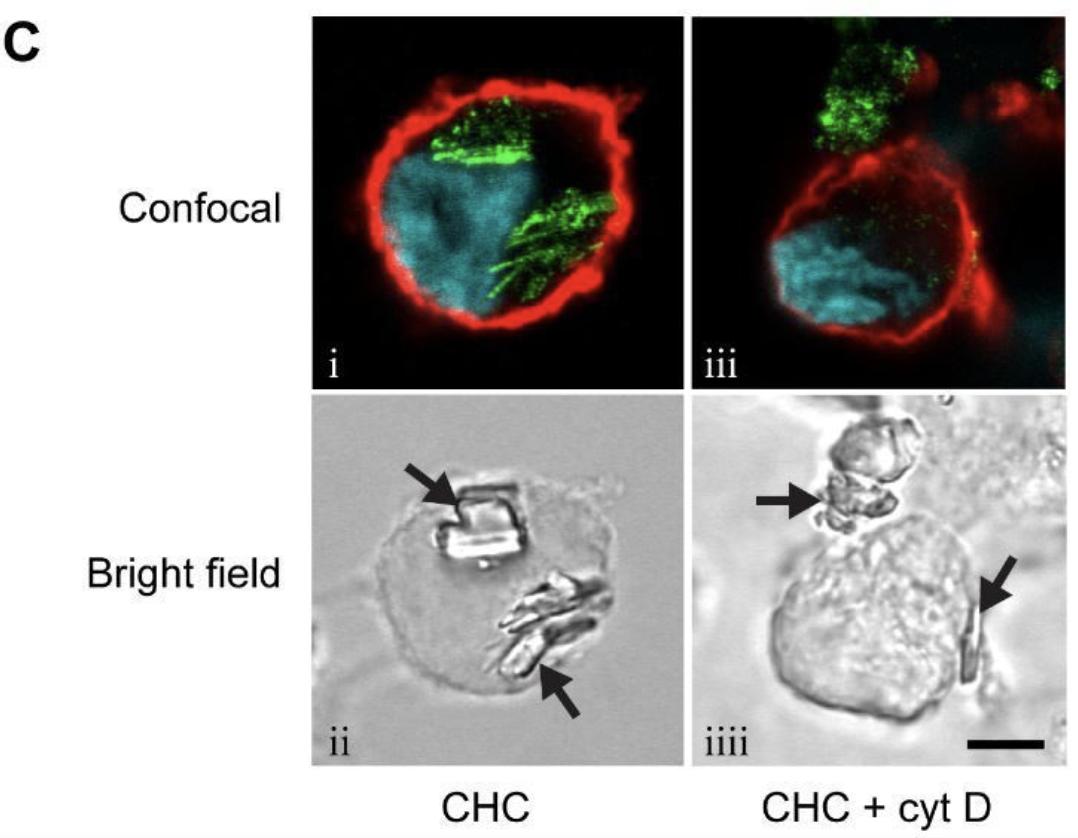
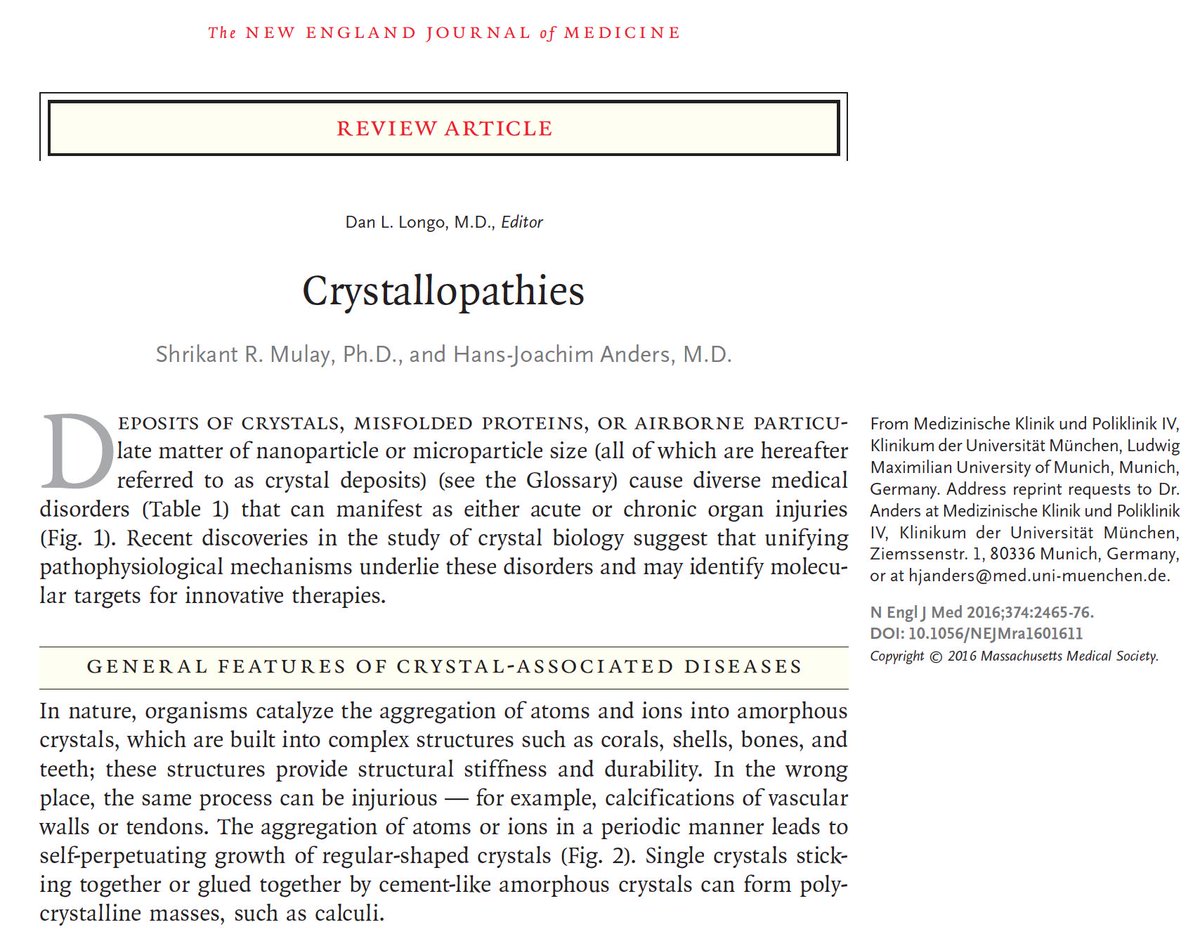
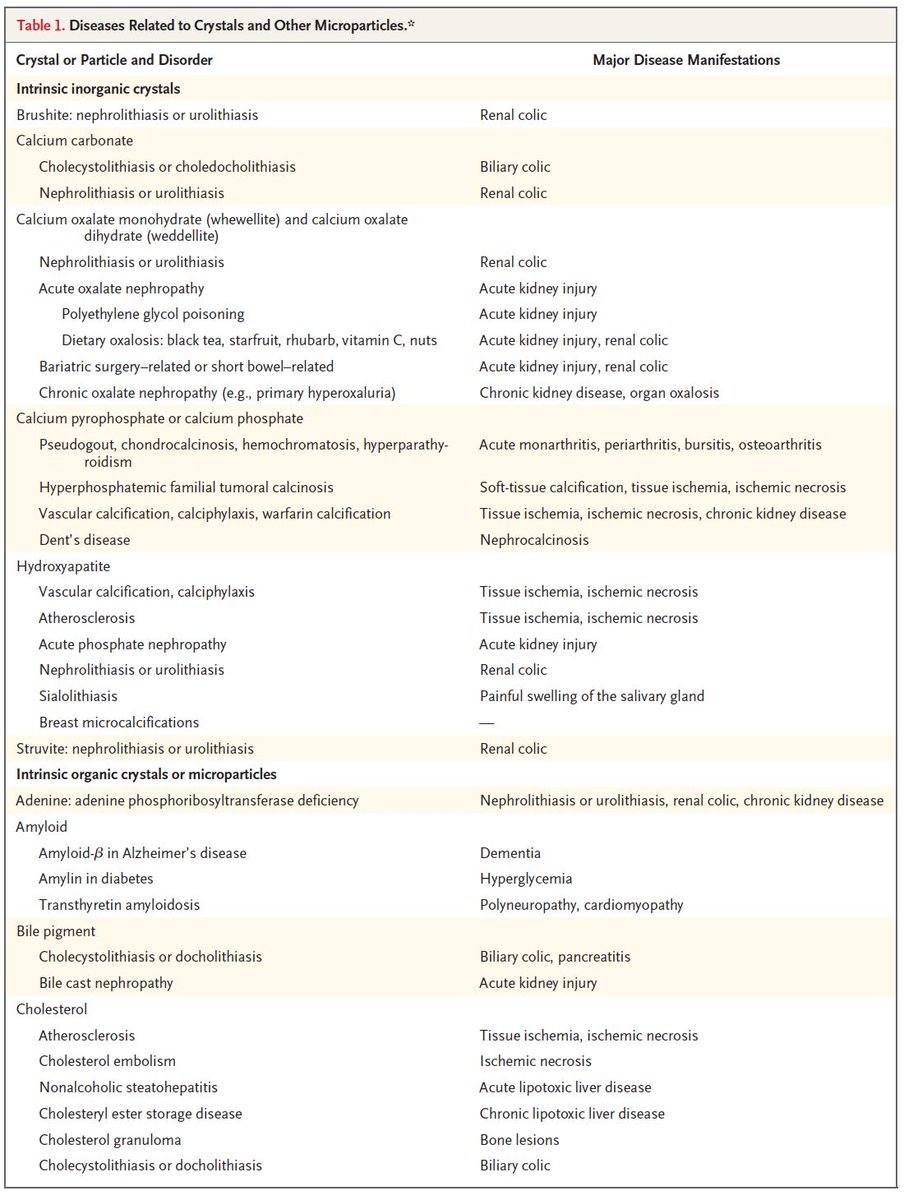
small crystals
🔥 cause inflammation
larger crystals
💥 cause mechanical damage (rupture plaques etc)
And one BIG one for both
🤷🏼♀️ we don’t know how to get rid of it
(28/33)
👊🏼Important but toxic even in small excess
👊🏼can’t be degraded in the human body
👊🏼insoluble in water, thus easily crystallized
👊🏼crystals cause damage and inflammation and can’t be dissolved (31/33)





